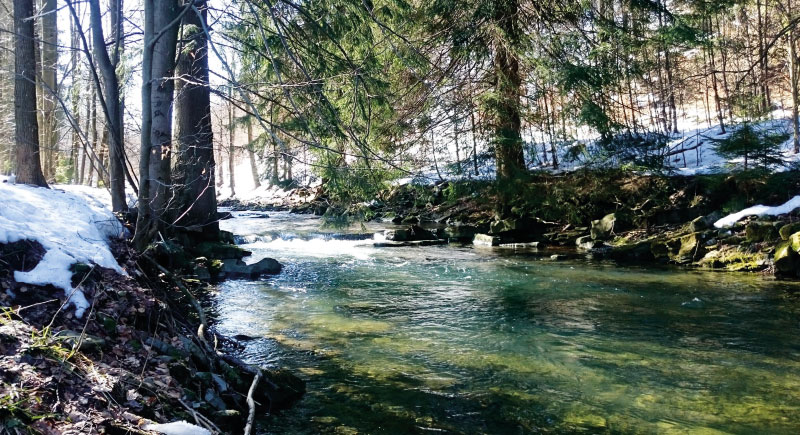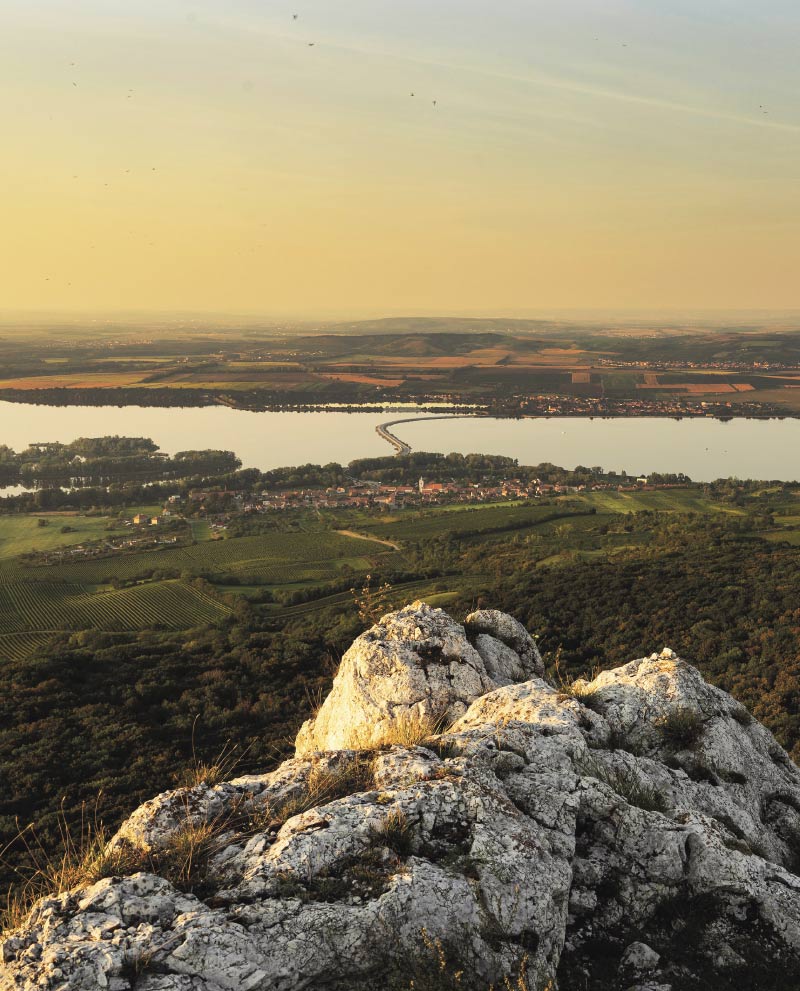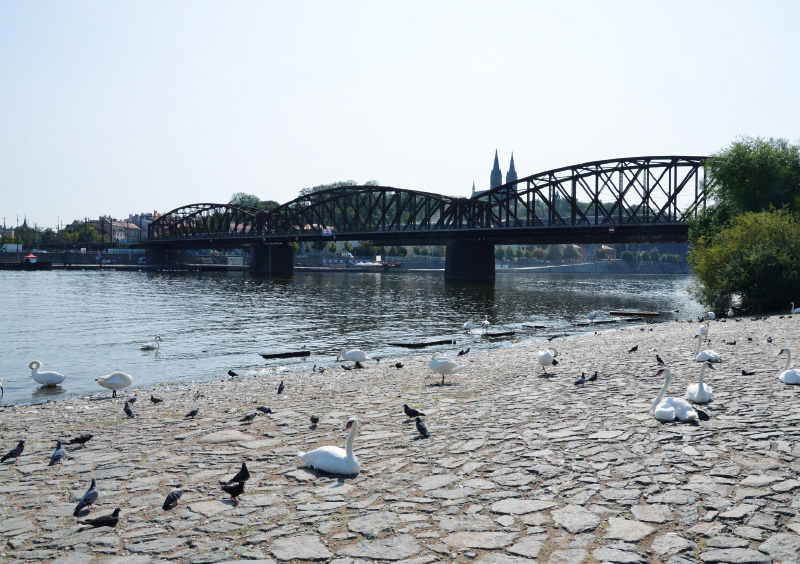Tools for risk assessment of catchment areas for abstraction points of water intended for human consumption
In December 2020, the new EU Directive 2020/2184 on the quality of water intended for human consumption was published. This Directive places a strong emphasis on comprehensive protection of water resources and introduces an obligation to carry out risk assessment and risk management of the catchment areas for abstraction points of water intended for human consumption, compared to the previous Directive from 1998. The risk analysis of the catchment areas must be carried out for all water abstractions for drinking purposes that abstract more than 10 m3 raw water per day. In the Czech Republic, this concerns approximately 3,650 abstractions (of which about 3,500 are groundwater abstractions and about 150 surface water abstractions). On a nationwide scale, it is therefore a considerable amount of risk analyses of parts of the catchment areas, which, according to the Directive, must be performed by 2027. The main aim of the project “Tools for risk assess-ment of catchment areas for abstraction points of water intended for human consumption” (supported by the Technology Agency of the Czech Republic) is to develop a methodology for the preparation of this risk analysis of the catchment areas. In order to ensure that the risk analyses of the catchment areas to be prepared by different entities have a uniform form and structure, a form (mock-up) of what the risk analyses of the catchment areas should look like and what they should contain has been developed within the framework of the methodology. As this is a very complex issue, only the main skeleton of the methodology will be presented in this article, focusing on the basic characteristics of the abstraction and the definition of the area (the catchment areas) in which the risk activities for the quality of the abstracted raw water are determined.
Looking back at the National Dialogue on Water 2023
After a four-year break caused by the covid pandemic, the National Dialogue on Water took place on 25–26th October 2023, this time in the Skalský Dvůr hotel in Vysočina. The event was organized by the T. G. Masaryk Water Research Institute, p. r. i. (hereinafter TGM WRI) in coop-eration with the Czech Scientific and Technological Water Management Company (Česká vědeckotechnická vodohospodářská společnost, z. s.) The main theme of the event was a comprehensive approach to the protection of drinking water sources. This topic was addressed by a large number of experts from the field of water management (118 participants), whether it was representatives of the Ministry of the Environment (MoE), Ministry of Agriculture (MoA), Ministry of Health, state-owned River Basin State Enterprises, the Czech Hydrometeorological Institute (CHMI), water authorities, operators of water supply and sewerage systems (VaK), mayors, private companies, hydrogeologists, and others.
Atmospheric deposition as a possible source of surface water pollution (Preliminary results of the project, part 1 – heavy metals)
Na pilotních lokalitách v Jizerských horách, Moravskoslezských Beskydech a na Českomoravské vrchovině byly v průběhu jednoho roku sledovány koncentrace vybraných těžkých kovů v atmosférické depozici a povrchové vodě s cílem určit významnost vlivu srážek na kvalitu povrchových vod v antropogenně málo ovlivněném prostředí. Dosažené výsledky ukazují, že u vybraných kovů může atmosférická depozice v některých případech představovat významný vnos do povrchových vod. Na výslednou bilanci látkového odnosu má zásadní vliv charakter prostředí a jeho zatížení v minulosti.
Risk assessment as a comprehensive approach to protection of drinking water sources
Drinking water supply as well as its quality form one of the basic pillars of modern society. This corresponds to the goal of the International Water Association (IWA) – good, safe and drinkable water, which enjoys consumer confidence and can be not only drunk without fear, but in which the consumer also appreciates its taste and aesthetic appearance. In order to meet these objectives, it is important to set drinking water quality requirements and also to keep the whole process of drinking water production and distribution, including all risk areas, under continuous control.
GIS and cartography at the T. G. Masaryk Water Research Institute
Geographic information systems (GIS), data processing, evaluation and interpretation are an essential and integral part of research at present as most information can be related to a specific location on the Earth’s surface. The GIS and Cartography Department at the T. G. Masaryk Water Research Institute deals with research and commercial projects by means of the application of GIS tools.
Monitoring of the coronavirus SARS-CoV-2 in wastewater – what the monitoring has shown us so far and where it is headed
Since April 2020, the presence of the coronavirus SARS-CoV-2 in wastewater has been monitored at TGM WRI, p.r.i. The method of detection is similar to that of clinical samples, ie the presence of a specific fragment of viral RNA is detected by PCR.
Water management fifty 2019
Výzkumný ústav vodohospodářský T. G. Masaryka, v. v. i., se u příležitosti oslav své 100leté existence ujal organizace 46. ročníku Vodohospodářské padesátky. Kromě klasického výběru mezi kolem a pohorkami se letos mohli účastníci vůbec poprvé svézt i na koloběžce.
Water recreation in Prague from history to the present days
Náhled do historie ukázal, že rekreace u vody, jako záliba k trávení volného času, byla odedávna rozšířena i v Praze, kde byly velmi oblíbené, dnes již zaniklé, říční plovárny. Na historický průzkum navázal v projektu „Možnosti vodní rekreace na území hlavního města Prahy (od historie po současnost)“ zcela aktuální průzkum potenciálních možností rozšíření míst ke koupání a rekreace u vody na území Prahy.







